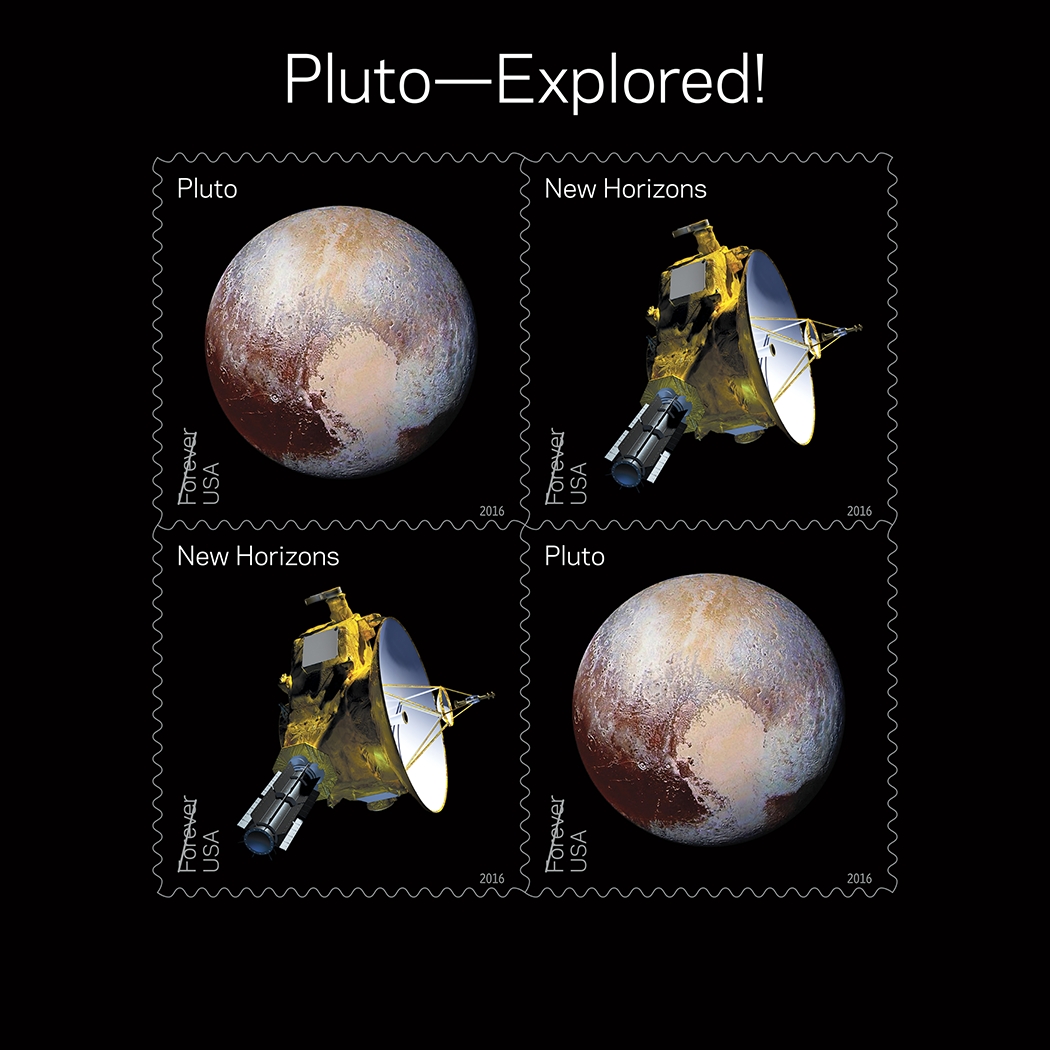
Throughout most of human history the worlds we share our solar system with were nothing more than points of light in the night sky, observed by astronomers for centuries as great minds worked to understand what they were, why they were there and what their significance was in nature’s puzzle of creation. In the last few decades some of the brightest minds alive, with previously unheard of resources, built some of the most robust vehicles ever made to go to these places on our behalf, to explore and study our celestial neighborhood up close and personal.
These missions have changed the course of human understanding regarding our place among the stars, but one world remained elusive, Pluto, and a stamp issued by the United States Postal Service (USPS) in 1991 painfully reminded the explorers among us of that fact for 25 years. It was part of a set honoring NASA’s exploration of the planets across our solar system.
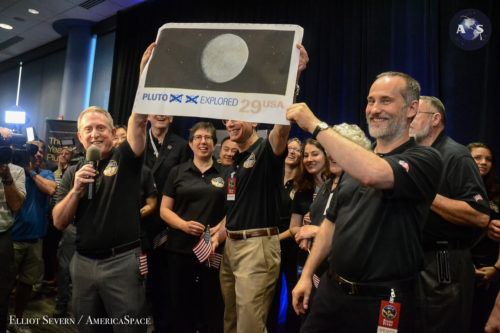
But the Pluto stamp was very different from the others. It said simply “Not Yet Explored”, had no spacecraft displayed with the planet, and had an inaccurate image, simply because no spacecraft had ever been there, yet.
While that may have been true 25 years ago, last summer humanity finally did make our first up-close exploration of the tiny world three billion miles away, courtesy of the New Horizons mission and its epic decade-long journey from Earth, and on Dec. 29 USPS acting director of Stamp Services Mary-Anne Penner officially announced a 2016 release for two new stamps honoring New Horizons and its successful visit to Pluto last July.
“I’m excited. The New Horizons project is proud to have such an important honor from the US Postal Service,” said New Horizons mission Principal Investigator, Dr Alan Stern. “Since the early 1990s the old, “Pluto Not Explored” USPS stamp served as a rallying cry for many who wanted to mount this historic mission of space exploration. Now that NASA’s New Horizons project has accomplished that goal, it’s a wonderful feeling to see this new stamp join the stamps for the first exploration of each of the other planets at USPS.”
The new “Pluto – Explored!” stamps will come as a four-stamp souvenir sheet with two different designs, one displaying an up-close photo of Pluto from the flyby and one showing an artists’ rendering of the New Horizons spacecraft in space. Antonio Alcalá was the art director behind the stamp designs.
The Pluto photo — which is color enhanced to highlight surface texture and composition — is a composite of four images from the spacecraft’s Long Range Reconnaissance Imager (LORRI), combined with color data from the imaging instrument Ralph that clearly reveals the now-famous heart-shaped feature.
“Our stamps articulate the American experience through miniature works of art,” said Penner. “Our diverse stamp topics for 2016 are sure to appeal to everyone, and with the New Year just around the corner, now is a perfect time to get started in stamp collecting. It’s an educational hobby the entire family can enjoy.”
The stamps will be dedicated between May 28 and June 4 at the World Stamp Show – NYC 2016 at the Jacob Javitz Center.
The old stamp from 1991 is actually onboard New Horizons, and at the time of the spacecraft’s closest approach to Pluto members of the mission team celebrated by raising a large print of the old stamp, with “Not Yet” crossed out to emphasize Pluto as finally explored, something that was done to the cheers of hundreds in attendance at Johns Hopkins University’s Applied Physics Laboratory in Baltimore, Maryland (New Horizons mission control).
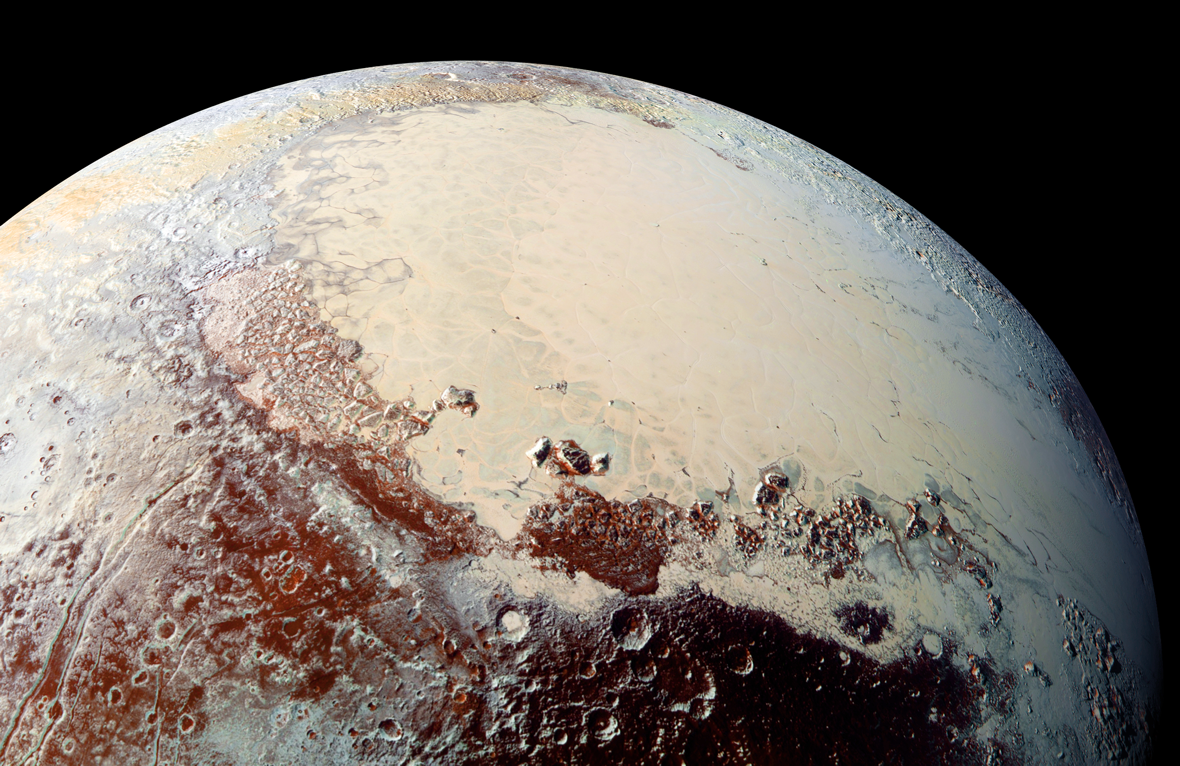
The quest to see a new Pluto stamp released did not come easily. It can take several years for a postage stamp proposal to result in an actual stamp, so a petition urging the Citizen Stamp Advisory Committee (CSAC) to recommend a stamp in honor of New Horizons to the Postmaster General was started nearly four years ago, in early 2012.
The USPS will also be releasing a “Views of Our Planets” set of stamps, a pane of 16 with eight different full color designs picturing Mercury, Venus, Earth, Mars, Jupiter, Saturn, Uranus and Neptune against black backgrounds. Some show the planets’ “true color” — what we might see if traveling through space. Others use colors to represent and visualize certain features of a planet based in imaging data. Still others use the near-infrared spectrum to show things that cannot be seen by the human eye invisible light.
Text on the back of the stamp pane will explain what each image reveals, and identifies the spacecrafts and powerful telescopes that helped obtain them.
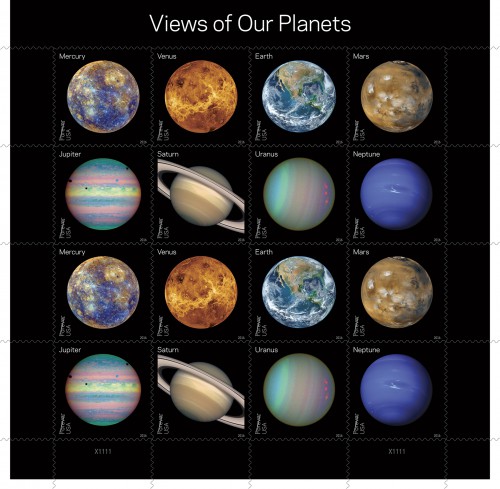
Pluto, however, is noticeably not a part of that series. Mark Saunders, Sr. Public Relations Representative at USPS, offered the following comments:
“Pluto is no longer a planet, correct?”
As for New Horizons, the best is yet to come.
The flyby may have been brief, but the amount of data collected is incredible, and getting that data back home to Earth is incredibly slow. Round-trip radio communications between New Horizons and Earth takes over nine hours—more than 4.5 hours each way at the speed of light. A 16-month “data waterfall” has been underway since the July flyby, with the spacecraft sending all of the information it collected to Earth at a transmission rate of only 2,000 bits per second.
Even with only 25% of the data back here on Earth currently, we already know quite a bit about Pluto thanks to New Horizons. Pluto used to be nothing more than a tiny speck in even the best telescopes; now we have finally been able to see what it (and its moons) really look like. There are towering mountains of solid water ice next to vast plains of slowly flowing nitrogen ice glaciers, in places dotted with unusual swarms of small pits. From above, the appearance is reminiscent of continents and oceans, but composed of completely different materials. There may even be icy cryovolcanoes. The landscapes change dramatically from ancient cratered terrain to smooth geologically young terrain. Complex surface interactions, still not understood, are observed as well, and the world has a thin, but hazy and layered atmosphere.
Pluto isn’t an old, dead world after all, but a place that is still geologically active and changing / evolving, and – considering the previous paragraph – if you ask any planetary scientist if that sounds like a planet, 9 out of 10 will tell you yes.
“We have about 75% of all the data still on the spacecraft,” said Stern today. “But I am very excited, as is the whole New Horizons science team, to see all those datasets come to the ground; we expect that to be complete by next fall. I’m sure there are many, many discoveries and surprises to come.”
And while New Horizons continues delivering its treasure of information on Pluto, the spacecraft is already heading for a new destination; a tiny rocky world called 2014 MU69, which is less than 30 miles in diameter and orbits nearly 1 billion miles past Pluto, in the far outer reaches of the Solar System. Course-correction changes have already taken place, putting New Horizons on course for a New Years Day visit to the tiny world in 2019.
While much smaller than Pluto, about 1 percent the size and one-ten-thousandth the mass, it is thought to be 10 times larger and 1,000 times more massive than an average comet. The mission team hopes to get closer than the distance that the spacecraft came to during the flyby of Pluto.
“U.S. Postal stamps express the enthusiasm and personality of senders to favorite themes in our society. From Mercury to Neptune, Pluto and Star Trek, it’s exciting to see that planetary science and space exploration are being celebrated in these new 2016 stamps,” said John Grunsfeld, NASA’s associate administrator for science in Washington. “On behalf of NASA scientists across the nation, we’re honored that the U.S. Postal Service has chosen to highlight NASA’s New Horizons and 50 years of planetary exploration with these iconic images.”
– Article written by Mike Killian and Paul Scott Anderson.
Follow our New Horizons mission page for regular updates!
.
Be sure to “Like” AmericaSpace on Facebook and follow us on Twitter: @AmericaSpace
.
Missions » New Horizons »




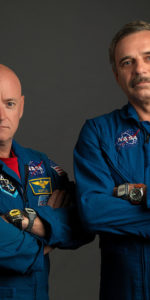
Ah, the real reason for demoting Pluto! 8 planets fit better than 9 on the stamp template.
How about a stamp commemorating the spectacular achievements of 2015? Truly a heat year!
I wouldn’t say that Pluto has been explored. More like flyby reconnaissance.